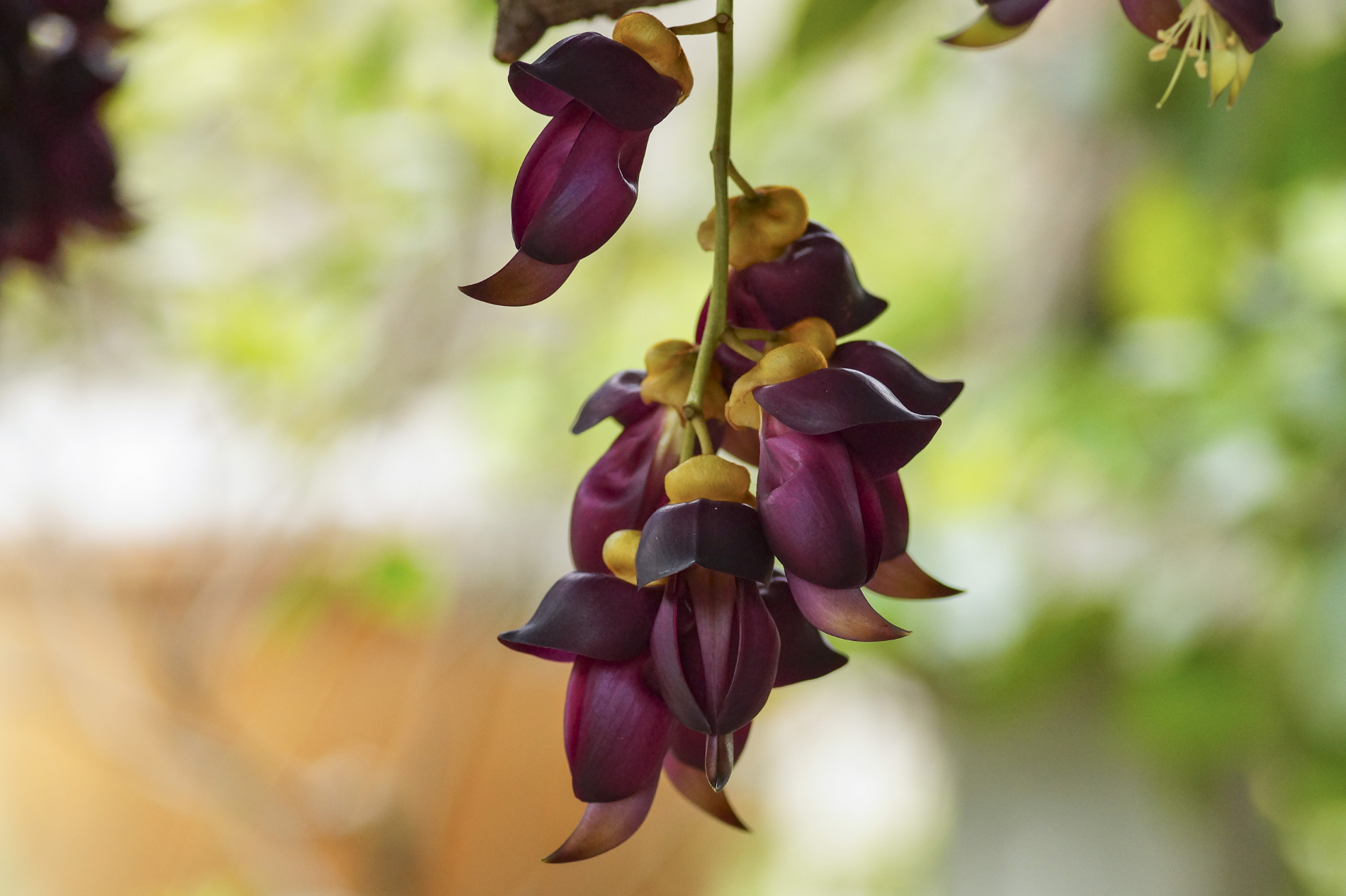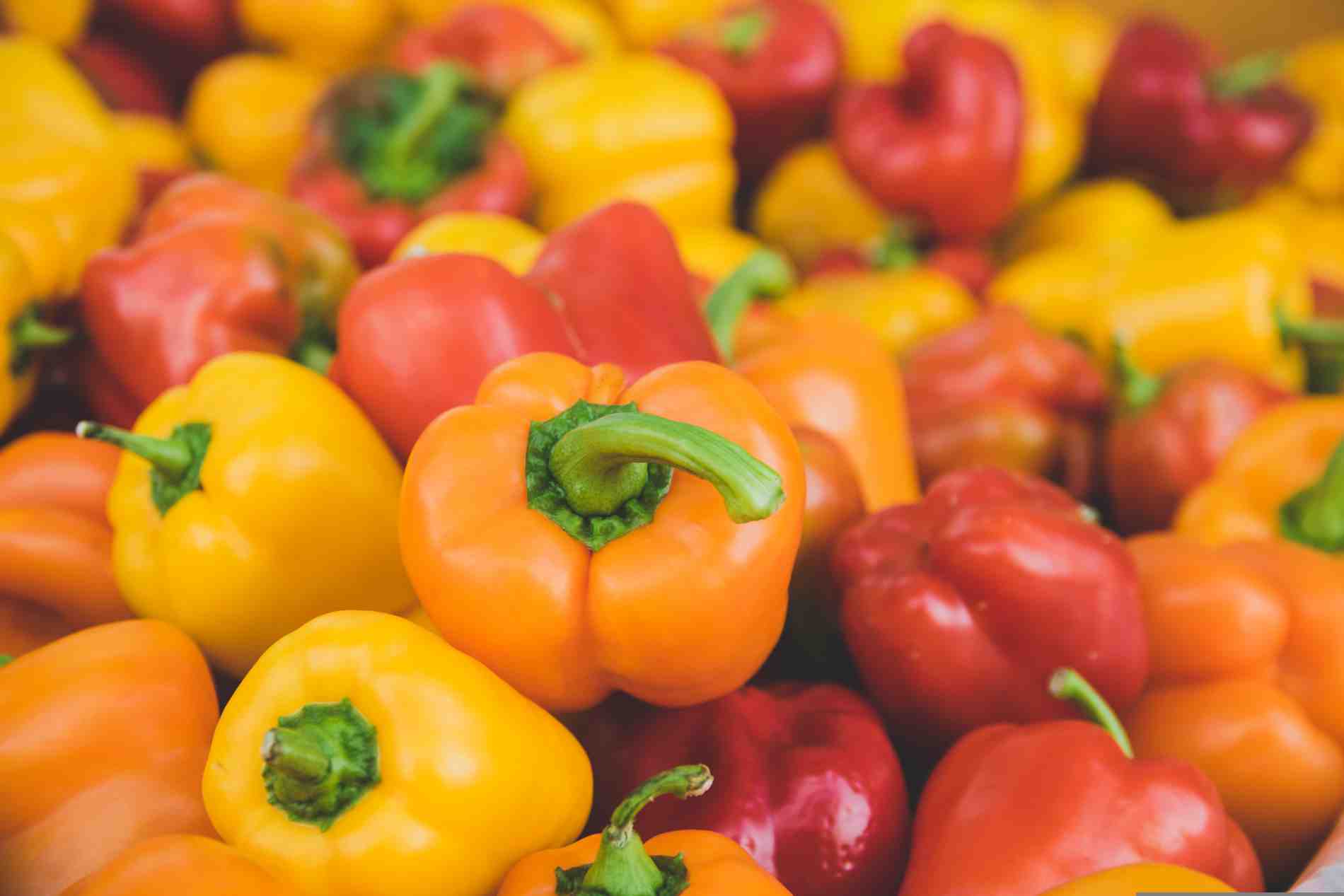Discovery and history of chervil
Chervil, also known as garden chervil (Anthriscus cerefolium), is a delicate annual plant that originally comes from the Caucasus and has been cultivated in Europe since ancient times. It was prized by the Romans and Greeks for its mild, aniseed-like aroma and healing properties. The ancient Romans brought it to Europe, where it quickly became a popular culinary and medicinal herb.
Dosage forms and dosage
Chervil can be consumed in various forms. The fresh leaves are the most effective and are often used raw in salads, soups or sauces. Dried chervil can also be used, but loses some of its effectiveness. Chervil tea, which is prepared by pouring hot water over fresh or dried leaves, is also popular. There are also chervil extracts or chervil tinctures, which contain concentrated amounts of the active ingredients.
The dosage varies depending on the intended use. A handful of fresh leaves is sufficient for everyday use in the kitchen. For medicinal use, e.g. as a tea, two to three cups per day are recommended. For concentrated tinctures, follow the manufacturer’s recommendations, which are usually between 10 and 20 drops three times a day.
The healing power of chervil
It has an impressive range of health-promoting properties. It is traditionally used for various ailments:
- Digestive problems: it has a mild diuretic effect and promotes digestion. It can relieve flatulence and stomach cramps.
- Respiratory diseases: Due to its anti-inflammatory and expectorant properties, it is used for coughs and bronchitis.
- Inflammation and infections: It contains flavonoids and other antioxidant compounds that help reduce inflammation in the body.
- Urinary tract disorders: The diuretic properties support kidney function and can help treat urinary tract infections.
- High blood pressure: Due to its diuretic effect, it can also help to lower blood pressure.
Mode of action in the body
Chervil contains a variety of active ingredients, including vitamins (especially vitamin C), minerals (such as potassium, calcium and magnesium) as well as flavonoids and essential oils. This combination makes it a powerful antioxidant that neutralizes free radicals in the body and thus prevents cell damage. The diuretic properties support the detoxification of the body by promoting the elimination of excess water and salts. This can be particularly helpful in the treatment of high blood pressure and oedema.
Recommended consumption
Chervil is best eaten fresh, as this is when it contains the most nutrients and active ingredients. It can be eaten at any time of day, but is best eaten raw to take full advantage of its health-promoting effects. When taken as a remedy in the form of tea or tincture, it should be consumed regularly and over a long period of time for best results.
Precautions and contraindications
Despite its many benefits, chervil is not suitable for everyone. People with an allergy to plants from the umbellifer family (Apiaceae), which includes celery and parsley, should avoid it. Pregnant and breastfeeding women should consult a doctor before taking it in large quantities or in concentrated form. Caution is also advised in the case of known kidney or liver disease, as the diuretic effect can put additional strain on these organs.
Additional medicinal plants and food supplements
Other medicinal plants and dietary supplements can be used to support the healing effect of chervil. Particularly recommended are:
- Nettle: Also supports kidney function and has an anti-inflammatory effect.
- Parsley: Rich in vitamins and minerals, aids digestion.
- Turmeric: has a strong anti-inflammatory and antioxidant effect.
- Dandelion: Promotes detoxification and supports liver function.
Chervil: food with a high content
Chervil can be used in many dishes to increase their nutritional value. It is particularly rich in green smoothies, fresh salads, herbal sauces and soups. In traditional French cuisine, it is used together with other fresh herbs such as tarragon, chives and parsley, e.g. in the famous “Fines herbes” mixture.
Chervil: side effects and overdose
Although it is generally well tolerated, side effects can occur in rare cases. These include allergic reactions such as skin rashes or breathing difficulties. Excessive intake, especially of concentrated preparations, can cause stomach problems and diarrhea.
An overdose is rare, but can lead to toxic reactions if extremely high quantities are taken. It is recommended not to exceed the recommended dosage and to consult a doctor if in doubt.
Naturopathy and chervil
It is used in a variety of ways in naturopathy. It is particularly popular in European herbal medicine, where it is considered a gentle remedy to support detoxification and promote general health. In homeopathy, it is used in various potencies for skin problems and digestive disorders.
Summary
Chervil is a versatile herb that plays an important role not only in the kitchen but also in medicine. Its numerous health-promoting properties make it a valuable part of a balanced diet and a natural medicine chest. However, as with all medicinal plants, chervil should be used with caution and in consideration of the individual’s state of health.




